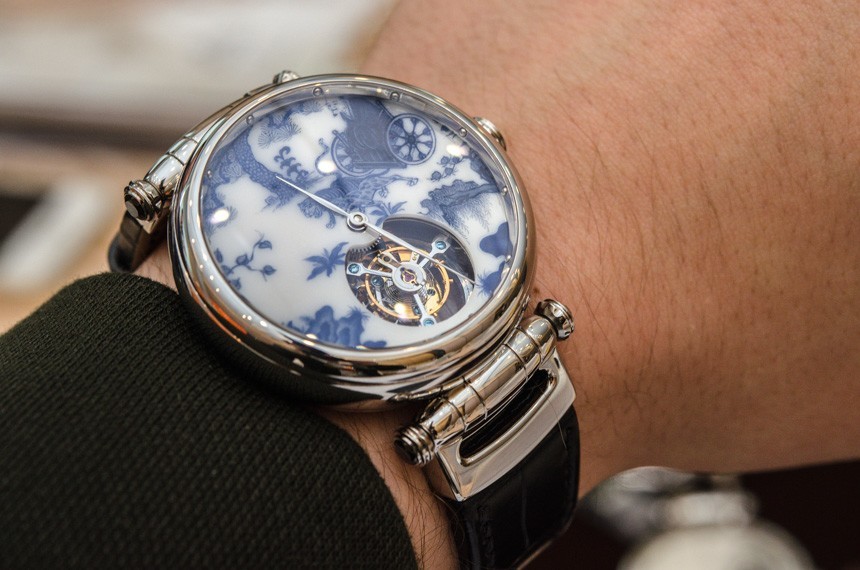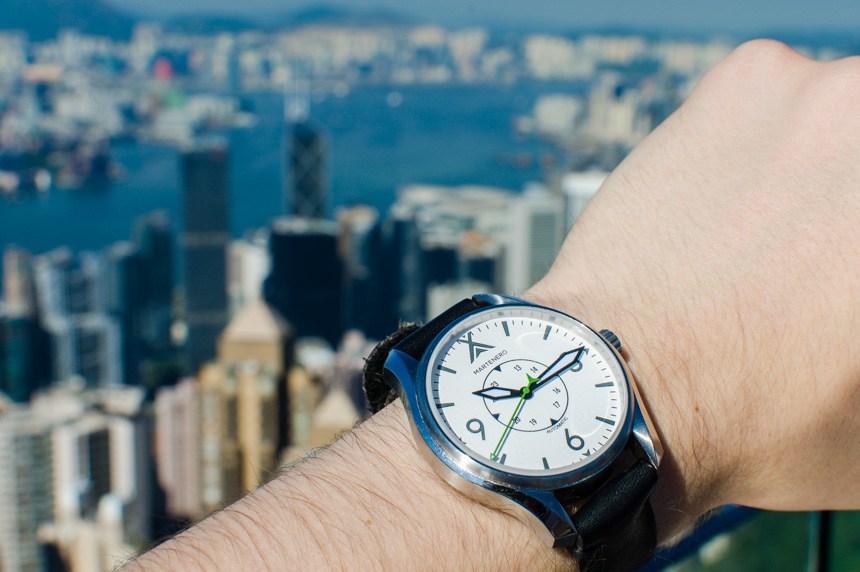
To say that I was excited about my first visit to the Hong Kong Watch & Clock Fair – and my first time in Asia, for what it’s worth – would be a massive understatement. You see, over the years, we have written dozens of Inside The Manufacture articles, accumulating our experiences in plenty of Swiss and other manufacturers, from the tiny one-man workshop to the state of the art manufacturing facilities of industry giants like Rolex, Audemars Piguet, and many others.
However, it only happens ever so scarcely that we get proper insight into what basically is the engine of the world at this point: China. Certainly, for watches, Switzerland and Japan are both hugely important, but as one would expect, China represents another level when it comes to output – with a steadily improving level of quality. But let’s not get so carried away, and rather discuss the Hong Kong Watch & Clock Fair and its many faces in an orderly fashion.
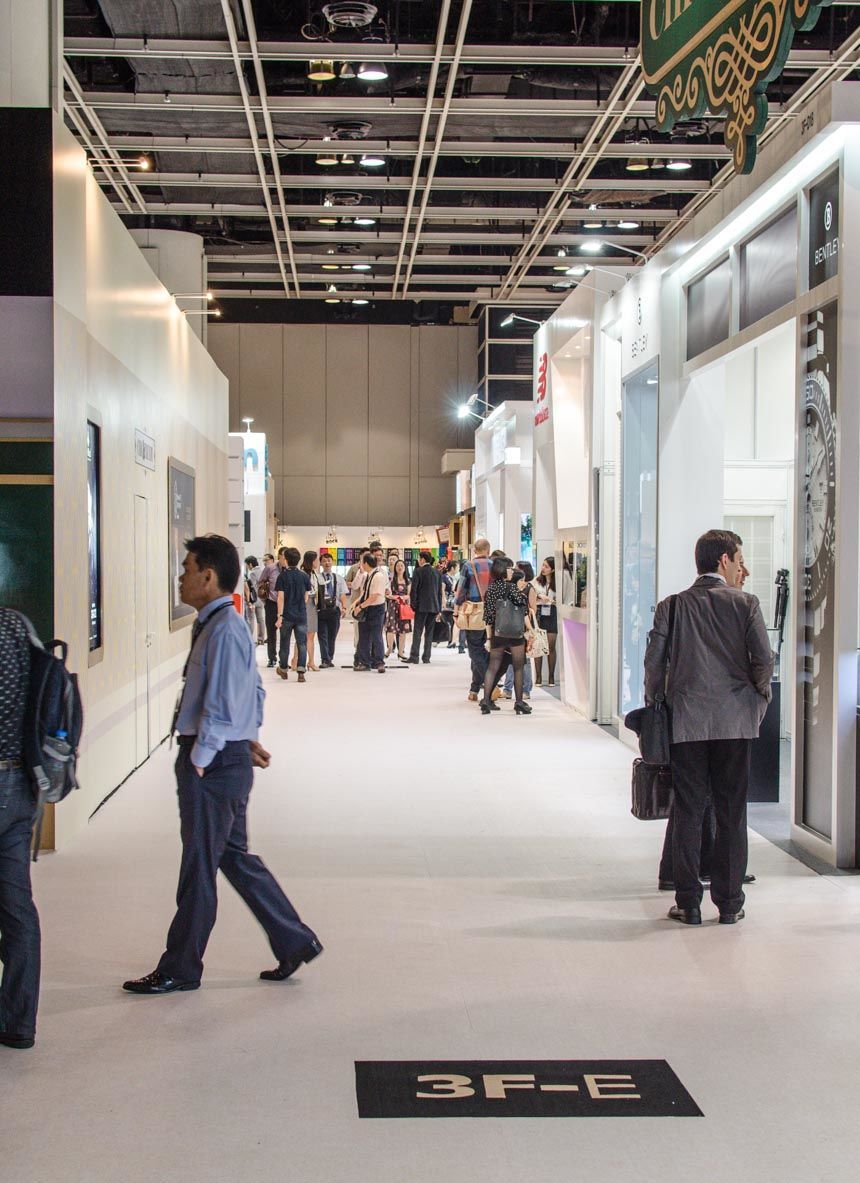
To begin with, we should note that the Hong Kong Watch & Clock Fair is the world’s largest fair of its kind, with over 750 exhibitors and 19,000 visitors – which is all the more impressive when we consider that there is only one public day, and the other four days are reserved for exhibitors, buyers (meaning watch manufacturers and wholesalers), and the media. In other words, this fair is tailored to bring small and large quantity buyers from around the world – yes, with innumerable Swiss participants included – to do business, find suppliers of parts, or even complete watches, branded to their requirements. But there is nothing new there, as Hong Kong and China have for long been the nest for OEMs (original equipment manufacturers) and private label companies – companies which are fully capable of assembling watches of your own design, with varying limitations, of course, and printing your own brand name on the dial and packaging, as well as just about everything else you may want. You just have to take care of marketing and distribution.
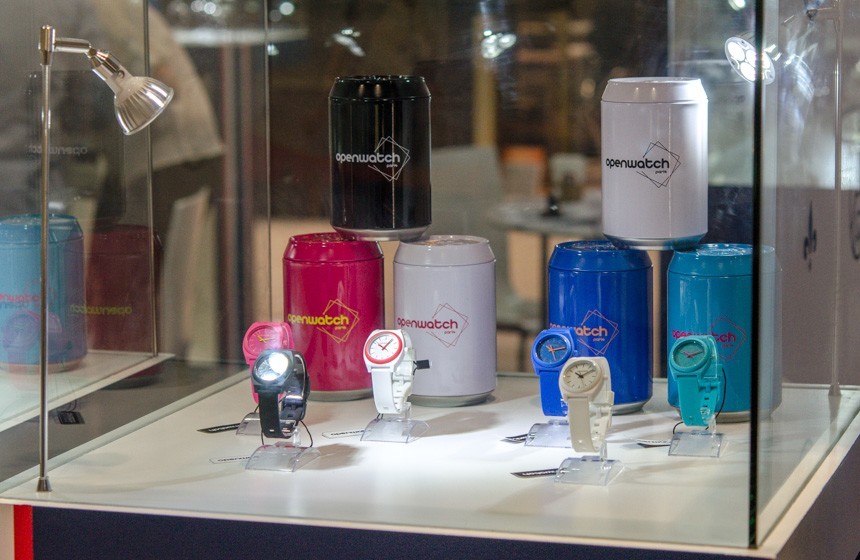
With this, we have come to a point on my agenda that I expected to be genuinely fascinating: how China performs as a supplier. Sure, overwhelming output quantities and varying levels of quality are what first spring to mind – but those are merely intangible (albeit true) clichés, nothing one could consider factual or useful information. Given the size and importance of the event – which, by the way, is organized by the Hong Kong Trade Development Council, a body that has been largely responsible for turning Hong Kong into the trade hub it is today – there was room for serious and more practical discussion. More specifically, I was among the invitees to the “International Watch Forum,” where directors of the watch makers’ federations (or similarly called alternatives) of China, Hong Kong, Japan, Korea, Germany, and France were discussing the past year’s most notable trends and issues concerning their own regions – and their trade relations.
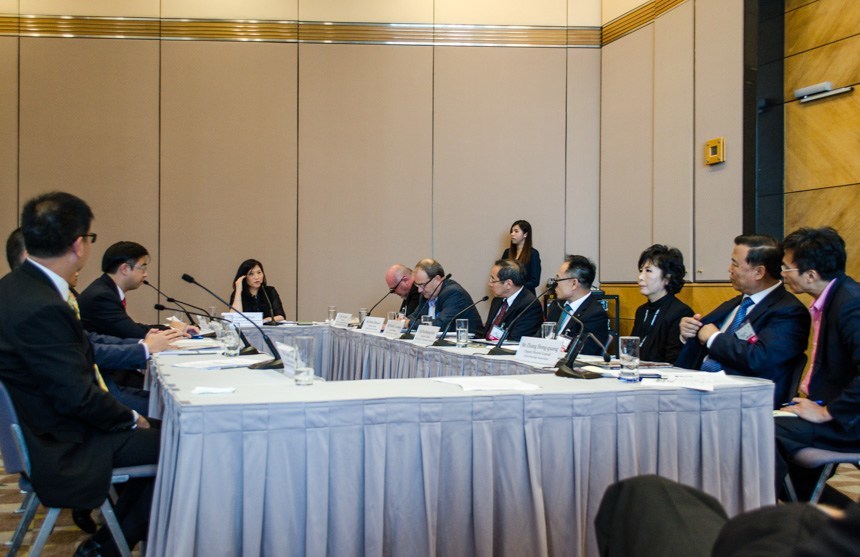
The International Watch Forum Is In Progress, With The Directors Of The German, French, Japanese, Korean, Chinese And Hong Kong Watch Industry Associations Discussing The Latest Trends And Issues
The key players were, of course, Hong Kong and China, as these regions have in recent years, not only become hugely important as manufacturers, but also as a market for timepieces. To put it into perspective, according to reports of FH (Federation of the Swiss Watch Industry), Switzerland exported 28.1 million watches in 2013, with exports to this region totaling 5.57 billion Swiss Francs worth of watches. By contrast, the Hong Kong watch industry is not only the largest importer of complete watches (in value), but it followed China as the second largest exporter of complete watches and clocks in 2013 – with staggering figures of 634 and 331 million exported units, respectively. Unsurprisingly, the US and Switzerland make up one third of all Hong Kong watch exports. But these are mere statistics, telling us what we already know: that Switzerland and Hong Kong/China are the absolute dominating powers in the watch industry.
What is new and interesting is the new-found challenges that the Chinese watch industry has to face: among the key factors that allowed the region to become such a hugely powerful manufacturer is cheap labor costs. As the official reports pointed out, Chinese watch manufacturing is still very labor intensive, and hence, is greatly affected by fluctuations (or rather “upwards trends”) in wages. As wages rise, this added cost will soon be reflected in the prices of finished watches and Chinese-made components – which are then often imported by low- to mid-range Swiss manufacturers. But worry not, as the International Watch Forum – with the almighty leaders of their associations – soon brought two possible solutions.
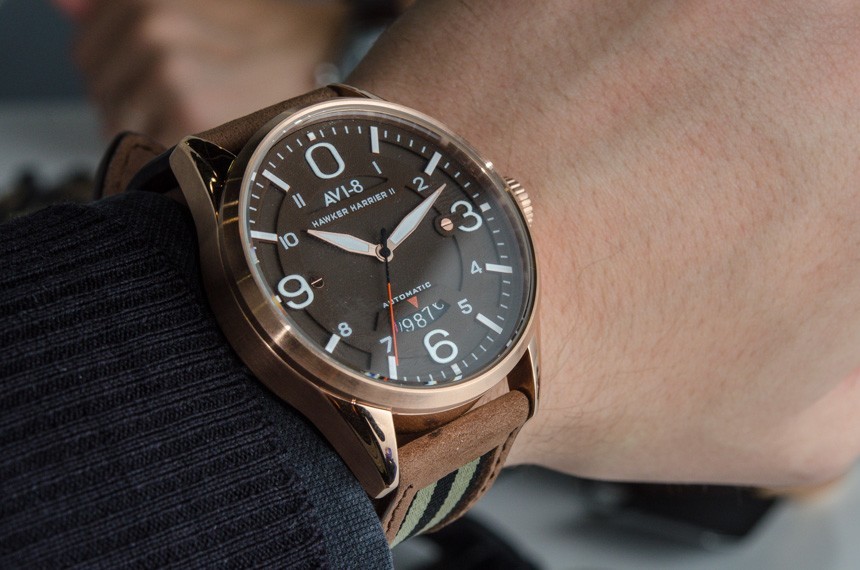
The AVI-8 Brand Offers 8 Different Collections, All Inspired By And Named After WW II Fighter Planes. AVI-8 Builds On Its Stronger Aviation Inspired Branding And Positions Itself In The $290-$650 Retail Price Segment
First, in an effort to illustrate some expected and yet still staggering cultural differences, let me begin with what the president of the Federation of German Watches had to say about this. In a question to his Chinese counterparts, he asked why Hong Kong and China did not do more to automate different manufacturing processes – giving the example of case polishing – so as to counter the effects of rising wages. The irony here is that this innocent question beautifully illustrated the massive cultural and economic differences between Western-European and Chinese manufacturing principles – as the answer of the Hong Kong and Chinese watch federation officials quickly explained. Basically, their answer was that there is no way in hell that, at this point, the economic advantage of what are still extremely low average wages could be outperformed by automating production. Labor intensive manufacturing is where the real power of Chinese manufacturing is – and where it shall remain for the coming years.
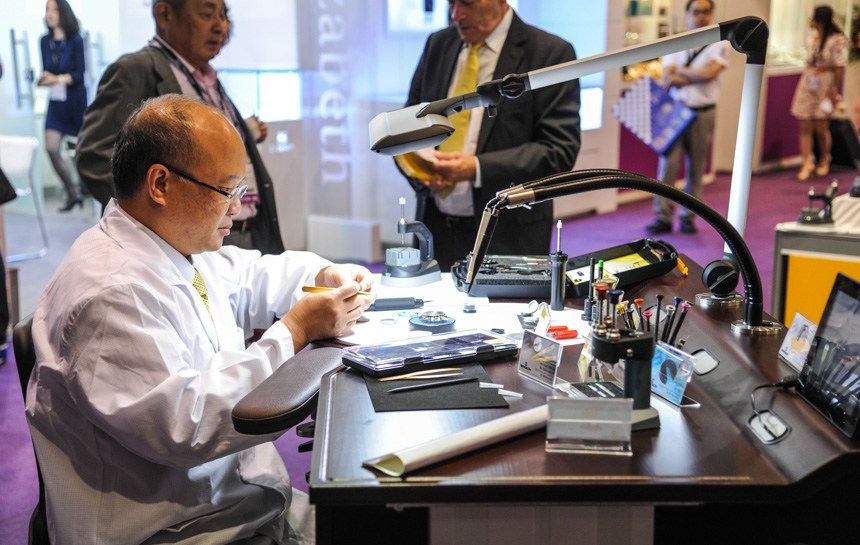
Speaking of which, let’s move on to the second possible solution, a brief but shocking insight into the inner workings of the industry. As we discussed above, increasing wages in Mainland China – where most manufacturers are located, as Hong Kong hardly makes anything anymore, due its extremely limited spare space and much-too-high wage levels. But worry not, “there should be a solution” – as the chairman of the Hong Kong Watch Manufacturers Association quickly gave us a more specific example of how authorities are solving these issues. He noted how, in one of the numerous major watch manufacturing cities in the Mainland, wages have been steadily – and “worryingly” – increasing, but a new high-speed train is under construction that will be able to mobilize up to 1 million people in the region of the town, people who have been making just one third of what those working in the factories in the town make.
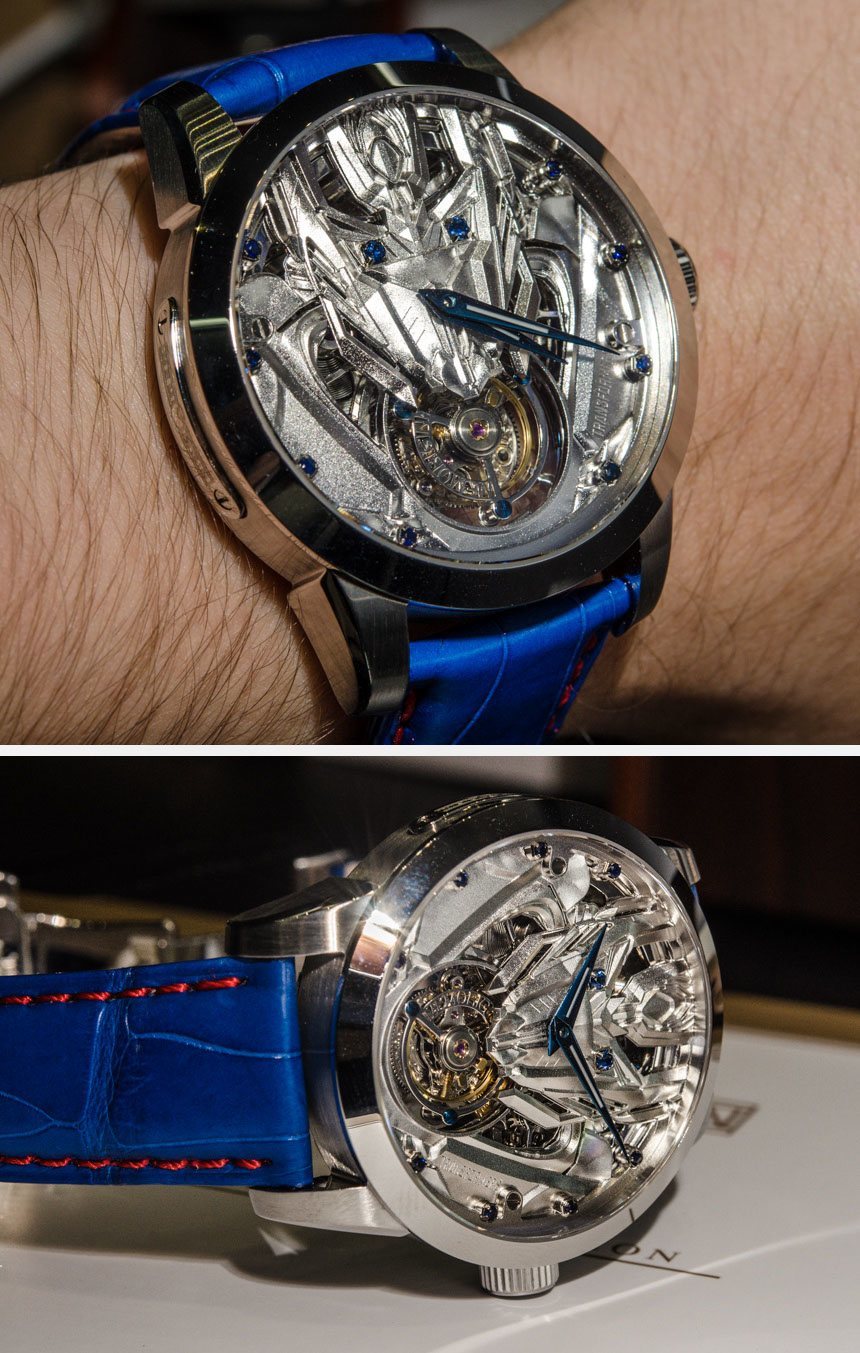
The Memorigin Transformers Tourbillon Watch With Optimus Prime shows how Asian brands can incorporate a major Swiss complication and an international franchise into their offerings. Price is $5,525
The conclusion is that the new workforce is channeled to the city where it will certainly lower wages – as they have been earning only about 30% of the city wages, they will be willing to work for considerably less. In other words – and, I must say, I tried to imagine what it must be like for those who are working in the factories presently – keeping wages low is of top priority and should be achieved at borderline insane costs. Economically, all this makes sense, as (other then keeping the Chinese currency, the Yuan weak) wages are a key factor in keeping Chinese made products cheap and competitive on the world market. What made me go into such detail about this is that this forum was a brief and yet very telling insight into the cultural differences and the inner workings of China.

